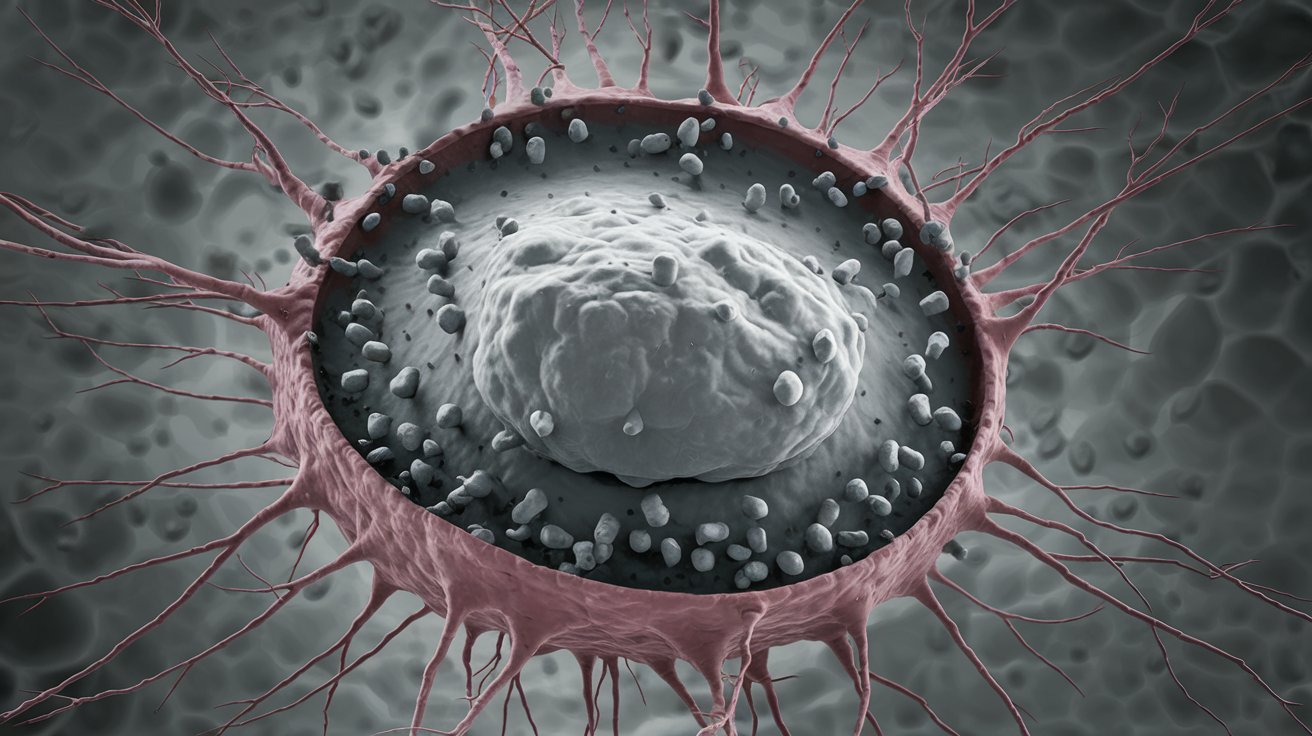
Gamma-Cystathionase Deficiency is a rare genetic disorder that affects the body's ability to break down certain amino acids. This condition can lead to a buildup of harmful substances in the blood, causing various health issues. Symptoms often include developmental delays, intellectual disability, and liver problems. Early diagnosis and treatment are crucial for managing the condition and improving quality of life. Understanding the genetic basis of this deficiency can help in developing targeted therapies. In this post, we'll explore 30 intriguing facts about Gamma-Cystathionase Deficiency, shedding light on its causes, symptoms, and potential treatments.
Key Takeaways:
- Gamma-Cystathionase Deficiency is a rare genetic disorder affecting amino acid breakdown, leading to symptoms like developmental delays and muscle weakness. Early diagnosis and dietary management are crucial for managing the condition.
- Accurate diagnosis of Gamma-Cystathionase Deficiency involves blood tests, genetic testing, and a multidisciplinary approach. Early detection through newborn screening can lead to better outcomes and prompt treatment.
What is Gamma-Cystathionase Deficiency?
Gamma-Cystathionase Deficiency, also known as cystathionine gamma-lyase deficiency, is a rare genetic disorder. It affects the body's ability to break down certain amino acids. This can lead to a variety of health issues.
- Rare Disorder: Gamma-Cystathionase Deficiency is extremely rare, with only a few documented cases worldwide.
- Genetic Cause: The disorder is caused by mutations in the CTH gene, which provides instructions for making the enzyme cystathionine gamma-lyase.
- Amino Acid Breakdown: This enzyme is crucial for breaking down cystathionine into cysteine, a building block for proteins.
- Inherited Condition: It follows an autosomal recessive inheritance pattern, meaning both parents must carry the mutated gene.
- Newborn Screening: Some countries include this disorder in their newborn screening programs to catch it early.
- Symptoms Vary: Symptoms can range from mild to severe and may include developmental delays, intellectual disability, and muscle weakness.
- Metabolic Crisis: In severe cases, affected individuals may experience metabolic crises, which can be life-threatening.
- Diagnosis: Diagnosis typically involves blood tests to measure amino acid levels and genetic testing to identify mutations.
- Treatment Options: There is no cure, but treatment focuses on managing symptoms and may include dietary changes and supplements.
- Dietary Management: A low-protein diet and supplements like cysteine and vitamin B6 can help manage the condition.
Symptoms and Complications
Understanding the symptoms and potential complications of Gamma-Cystathionase Deficiency is crucial for early intervention and management.
- Developmental Delays: Many children with this disorder experience delays in reaching developmental milestones.
- Intellectual Disability: Some individuals may have mild to moderate intellectual disabilities.
- Muscle Weakness: Muscle weakness and hypotonia (reduced muscle tone) are common symptoms.
- Seizures: Seizures can occur in some affected individuals, requiring medical management.
- Liver Problems: Liver dysfunction or damage may be a complication in severe cases.
- Growth Retardation: Children with this disorder may experience slower growth rates.
- Metabolic Acidosis: This condition can lead to metabolic acidosis, where the blood becomes too acidic.
- Neurological Issues: Neurological problems, including movement disorders and coordination issues, can arise.
- Eye Problems: Some individuals may develop eye problems, such as cataracts or optic atrophy.
- Behavioral Issues: Behavioral problems, including hyperactivity and aggression, have been reported.
Diagnosis and Testing
Accurate diagnosis is essential for managing Gamma-Cystathionase Deficiency effectively. Here are some key facts about the diagnostic process.
- Blood Tests: Blood tests can reveal elevated levels of certain amino acids, indicating a potential metabolic disorder.
- Genetic Testing: Genetic testing is used to confirm the diagnosis by identifying mutations in the CTH gene.
- Prenatal Testing: Prenatal testing is available for families with a known history of the disorder.
- Newborn Screening: Early detection through newborn screening can lead to prompt treatment and better outcomes.
- Biochemical Tests: Biochemical tests can measure enzyme activity levels to assess the severity of the deficiency.
- MRI Scans: MRI scans may be used to check for brain abnormalities associated with the disorder.
- Liver Function Tests: Liver function tests can help monitor liver health in affected individuals.
- Urine Tests: Urine tests can detect abnormal levels of amino acids and other metabolites.
- Family History: A detailed family history can provide clues and guide genetic testing.
- Multidisciplinary Approach: Diagnosis often involves a team of specialists, including geneticists, neurologists, and metabolic experts.
Final Thoughts on Gamma-Cystathionase Deficiency
Gamma-Cystathionase Deficiency, though rare, has significant impacts on those affected. Understanding the symptoms, causes, and treatment options can make a world of difference. Early diagnosis and intervention are crucial for managing this condition effectively. Genetic counseling can provide valuable insights for families. Awareness and education about this deficiency can lead to better support systems and improved quality of life for patients.
By staying informed and proactive, individuals and healthcare providers can work together to navigate the challenges posed by Gamma-Cystathionase Deficiency. Remember, knowledge is power. The more we learn about this condition, the better equipped we are to handle it. Keep these facts in mind, and don't hesitate to seek professional advice if you suspect someone might be affected.
Frequently Asked Questions
Was this page helpful?
Our commitment to delivering trustworthy and engaging content is at the heart of what we do. Each fact on our site is contributed by real users like you, bringing a wealth of diverse insights and information. To ensure the highest standards of accuracy and reliability, our dedicated editors meticulously review each submission. This process guarantees that the facts we share are not only fascinating but also credible. Trust in our commitment to quality and authenticity as you explore and learn with us.
